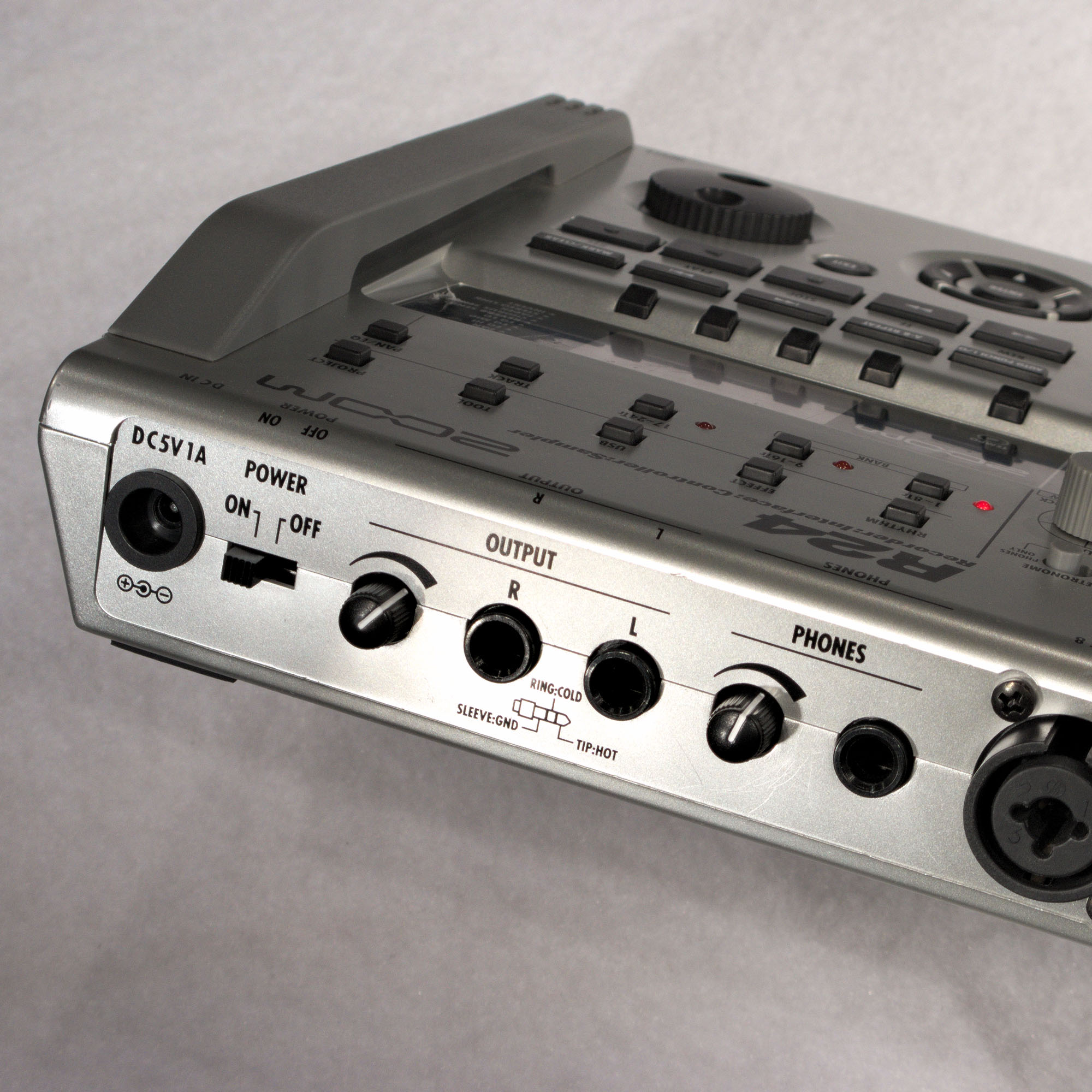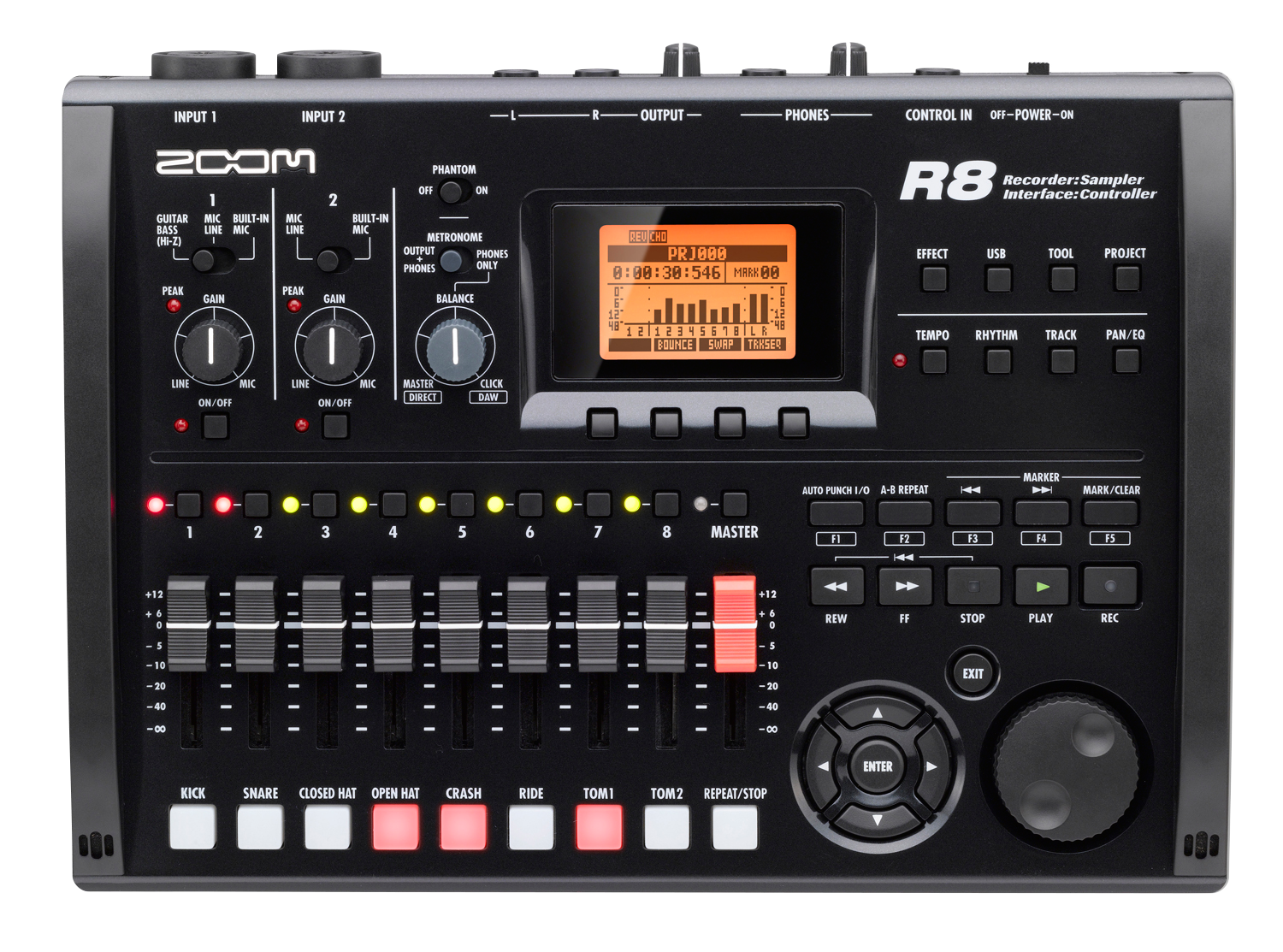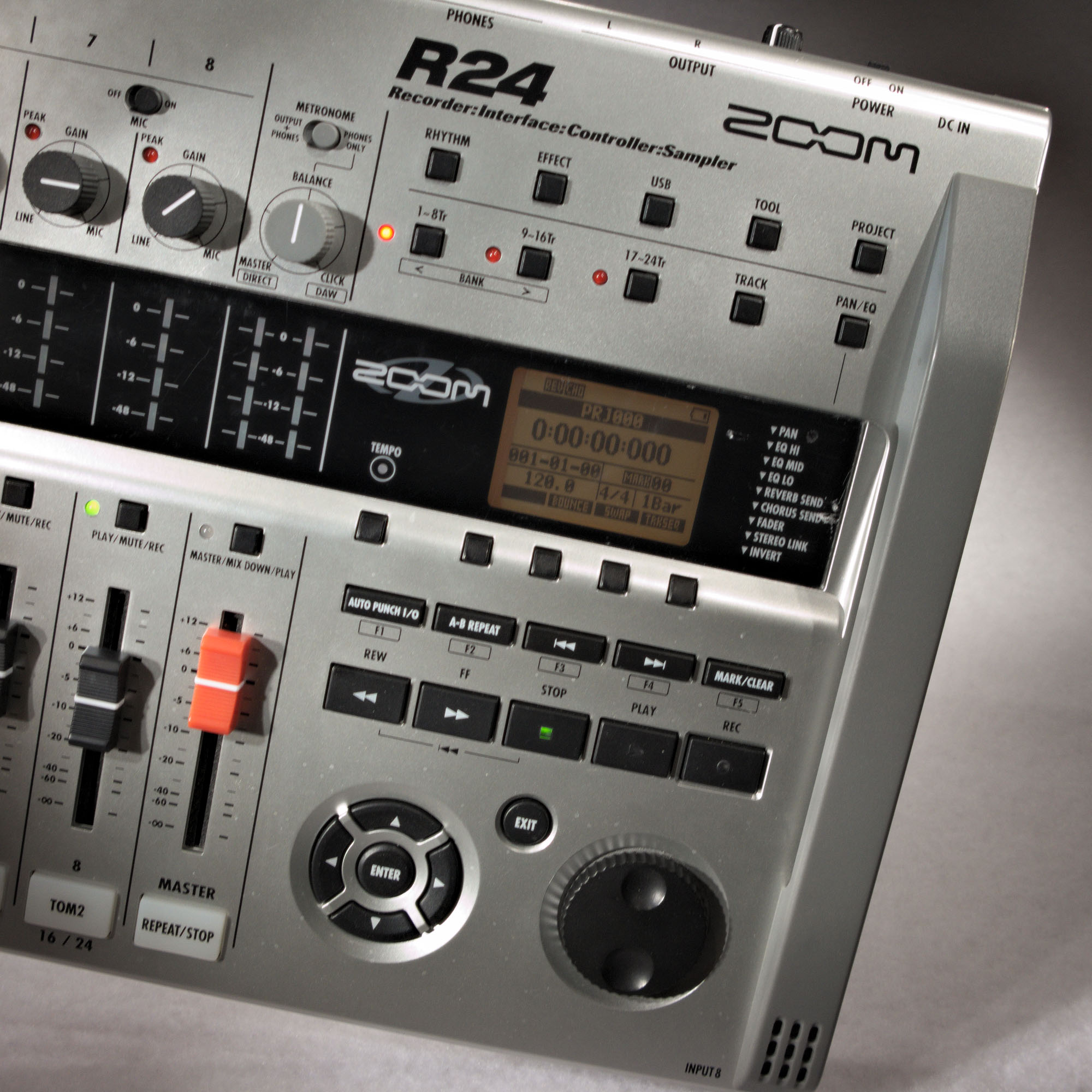

Operator preferences also come into play in the way information needs to be displayed. Not only will this be more convenient for plant operators, but it will also save money by eliminating extra cabling and cabinets.


Look for equipment that offers protection to IP65 as a minimum and preferably IP66, as is the case with ABB’s Commander range of control products. That means choosing a device that can stand up to being hosed down on a daily basis as a food plant is cleaned. Unnecessary legwork is a nuisance for operators, so the first consideration is to choose controllers and recorders that can be positioned on the plant floor, rather than in some remote control room or cabinet. They may not be responsible for the purchasing budget, but plant operators are the people who will have to work with devices every day. The influence of operators on the choice of control and recording equipment is often overlooked.

The key benefit of this technology is that it removes the onus of responsibility from staff and ensures that any production problems are automatically handled according to a set routine, thereby improving product quality and reducing waste. So, for example, if the steam supply runs out 15 minutes into a 20-minute process, the device either could stop the process, send an alarm, restart at the 15-minute mark or start the whole process again, depending on the programming. They can be programmed to act in a certain way in case that band is broken. These controllers ensure that production conditions are maintained within a set band, usually relating to temperature, pressure or time. Now, the technology has progressed to a stage where variables can be programmed in advance, with controllers effectively regulating production processes according to certain predetermined rules.Īn example of this is multi-recipe controllers. Previously, if there was a problem midway through the process, it would often fall to the operator to problem-solve on a case-by-case basis, potentially leading to waste and inconsistencies and increasing the margin for error. But when it comes to choosing which devices are best suited to food processing, there are actually some fairly basic considerations that should be taken into account.įood processing is time and temperature sensitive, so being able to control these factors perfectly is paramount. In this context, multi-recipe controllers can ensure that each of the many possible products follows its own unwavering formula in terms of ingredients and cooking profile.Īdvances in technology have created a bewildering array of control options, from simple single-loop controllers through to more advanced control requirements with an array of features and options to match any application. Unlike many other industries, food and drink manufacturers tend to work in batches, with many hundreds of items to be added, cooked and processed in a single day. In this way, it is possible to ascertain exactly how, when and why problems occurred and the number of batches likely to have been affected so that measures can be taken to minimize health risks and allay public concern.Īs far as maintaining consistent quality goes, repeatability is the overriding consideration. Events a few years ago concerning the contamination of foodstuffs with the Sudan 1 dye have shown how important it is to ensure that there is a system capable of tracing potential faults back to a root cause. In terms of safety, traceability is the key issue for both operators and consumers. All they want is to ensure that the resulting product is safe and that they can find out what went wrong if there is a problem. Food regulators are not really concerned about the type of device or control scheme used. The choice of controller or recorder for a particular process depends on the process itself and the level of sophistication required. Tight control of food and beverage processing is essential to ensure that customers receive safe, high-quality products. This article provides advice about key factors in control and recording equipment selection for food and beverage processes. With food and beverage companies producing and dispatching thousands of products each day, the need to pick the best technology to help ensure high levels of product quality and safety is of paramount importance.


 0 kommentar(er)
0 kommentar(er)
